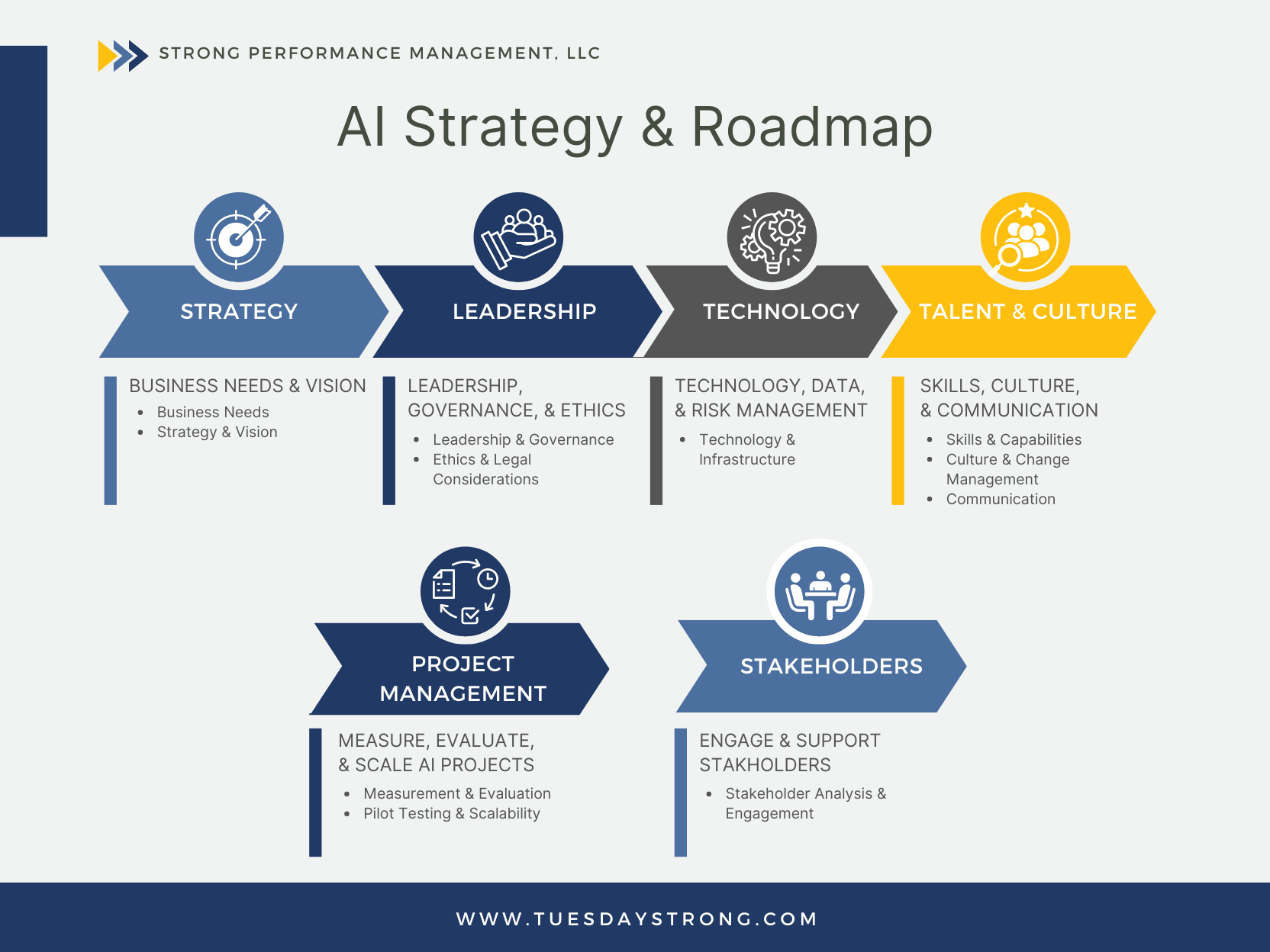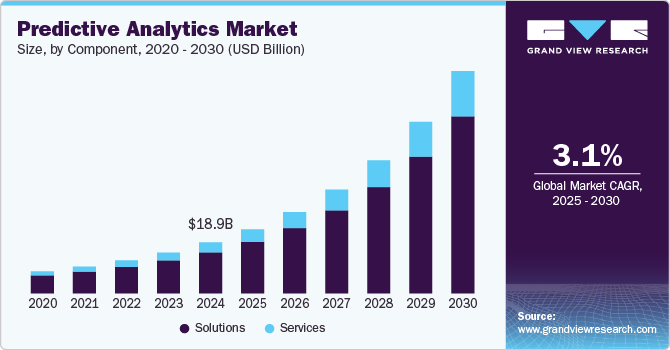As a digital marketer or content creator, you're constantly looking for ways to improve your content's performance and conversion rates. A/B testing is one of the most effective methods to achieve these goals, especially when enhanced by artificial intelligence (AI). AI revolutionizes traditional testing methods by automating processes, providing insightful analytics, and optimizing strategies in real time. In this guide, you will learn how to harness AI-driven real-time A/B testing to enhance your content strategy, achieve higher conversion rates, and effectively optimize your marketing efforts.
In the following sections, we will explore the significance of A/B testing, the role of predictive AI in content performance, strategies to automate content iterations, and best practices for successful implementation. By the end, you will have actionable insights that can empower your marketing strategies and promote ongoing improvement.
Unlocking the Power of Real-Time A/B Testing to Boost Your Content
A/B testing is a vital tool for understanding which elements of your content resonate most with your audience. By creating two or more variations of a piece of content and measuring each one's effectiveness, you can gather valuable data on user preferences and behaviors. This process is greatly enhanced when integrated with AI.
AI improves A/B testing by automatically analyzing visitor data and selecting the best performing variant for each user based on factors such as device type, time of day, and user history. For instance, bimago, an interior decoration retailer, employed Bloomreach Engagement's AI and achieved a 44% increase in conversions through personalized testing. This demonstrates how AI can significantly improve upon traditional A/B testing methods.
To set a solid foundation for A/B testing, it’s essential to establish specific, measurable goals related to conversion rates. Clearly define what success looks like for each campaign, whether that be increased sign-ups, sales, or engagement rates.
This conversion funnel illustrates the stages of A/B testing integrated with AI (Source: Grand View Research).
Maximizing Content Performance with Predictive AI Insights
Predictive AI plays a key role in optimizing your content strategy through data-driven insights. By analyzing user interactions and market trends, AI provides actionable intelligence that can help you tailor your content to meet audience needs effectively.
For example, American Express utilizes AI to analyze over $1 trillion in transactions annually, enabling real-time decision-making that enhances customer engagement. Predictive analytics helps you uncover patterns in user behavior, which in turn can inform your content strategies and foster stronger audience connections.
Tools such as VWO and Optimizely offer you highly detailed insights into how users engage with different types of content. Leveraging these insights allows you to forecast the performance of future content, leading to improved conversion rates and overall user satisfaction.

This graph shows the growth of predictive analytics in marketing (Source: Website Files).
Ditching the Guesswork: Automate Your Content Iterations with AI
One of the strongest advantages of AI-driven A/B testing is its ability to automate hypothesis generation and the testing process. With tools like Adobe Target and VWO, you can set up tests that dynamically adjust based on user interaction.
Automated hypothesis generation minimizes the manual work required, allowing you to focus on creative strategies rather than analyzing data. For example, Adobe Target's Auto-Target feature can create and test multiple variations without constant human intervention, increasing efficiency and letting you iterate based on real-time data.
Investing in these AI solutions allows you to significantly reduce the time spent on guesswork while enhancing the overall effectiveness of your content strategy. Instead of relying on assumptions about what might work, you can let AI guide your decisions based on solid data.

This flowchart illustrates the A/B testing process enhanced by AI (Source: QATouch).
The Secret to Closed-Loop Content Optimization Revealed
Closed-loop optimization involves continually refining your content based on real-time feedback from A/B tests. By implementing this framework, you can ensure that your content strategies evolve with user behavior and market trends.
AI-driven systems are highly effective at enhancing feedback loops, making it easier to draw insights from collected data. For instance, Whisker, a pet products company, achieved a 107% increase in conversion rates by continually testing their email marketing campaigns. Making real-time adjustments based on user interaction allows for a dynamic content optimization cycle that keeps your strategies relevant and effective.
Additionally, using session replay tools lets you closely observe user behavior, informing future content changes. This ongoing improvement process helps ensure your content stays aligned with audience preferences.

This circular diagram depicts the closed-loop optimization cycle (Source: Tuesday Strong).
Navigating the Future: Best Practices for AI in A/B Testing
To effectively integrate AI-driven A/B testing into your content strategies, it’s essential to adhere to best practices that will enhance your overall efforts:
-
Start with Clear Objectives: Establish specific goals before executing tests. Understanding what you want to measure is crucial for achieving meaningful results.
-
Utilize AI Tools: Implement tools for automated hypothesis generation and dynamic traffic allocation to maximize your testing efficiency.
-
Train Your Team: Ensure that your marketing team is well-prepared to leverage AI capabilities effectively.
-
Consistency in Testing: Regularly conduct A/B tests across various channels to gather comprehensive performance data.
Research from Gartner indicates that many marketing leaders face barriers related to the lack of AI skills, highlighting the need for continuous training to ensure effective integration of AI in your strategy.

This infographic outlines key best practices for integrating AI into A/B testing (Source: Callbox Inc.).
Avoiding Pitfalls in Your AI-Powered Testing Approach
While implementing AI-driven A/B testing can provide substantial benefits, several challenges may arise. Here are some common pitfalls to be aware of and methods to mitigate them:
-
Data Quality Issues: Ensure that the data you feed into AI systems is clean and reliable. Poor data quality can lead to misleading results.
-
Bias in AI Models: Be mindful of potential biases in AI algorithms that may affect fairness in results. Regular audits can help identify and address biases.
-
Privacy Concerns: Familiarize yourself with regulations like GDPR and CCPA to ensure your practices comply with data protection laws. Transparency with your users is crucial.
Combining technical solutions with a commitment to ethical practices helps cultivate a robust A/B testing culture that takes both performance and integrity into account.

This graphic signifies various roadblocks in A/B testing (Source: Freepik).
Compliance Essentials When Using AI for Content Testing
As AI becomes more integral to content strategy, understanding the regulatory landscape is essential. AI-driven content optimization must adhere to data protection laws, such as the GDPR and CCPA.
To minimize legal risks, consider implementing rigorous compliance strategies, such as:
-
Regular Audits: Conduct audits of your data processing practices to ensure compliance with all regulations.
-
User Access: Provide users with clear options for accessing, deleting, and opting out of data collection.
-
Training Staff: Ensure that your team is knowledgeable about compliance issues to avoid potential pitfalls.
Prioritizing these compliance elements will help safeguard both your organization and your customers, fostering trust and reliability.

This roadmap illustrates compliance steps when using AI in content testing (Source: Tuesday Strong).
In conclusion, integrating AI-driven real-time A/B testing into your content strategy can significantly improve performance and user engagement. By following best practices, anticipating challenges, and ensuring compliance with data privacy regulations, you can create a robust marketing framework. With these insights, you're well-equipped to take your marketing efforts to the next level and achieve greater success. Start adopting these strategies today to refine your content and better connect with your audience.

கருத்துக்கள் (0)
உள்நுழைக சர்ச்சையில் பங்கேற்க அல்லது .